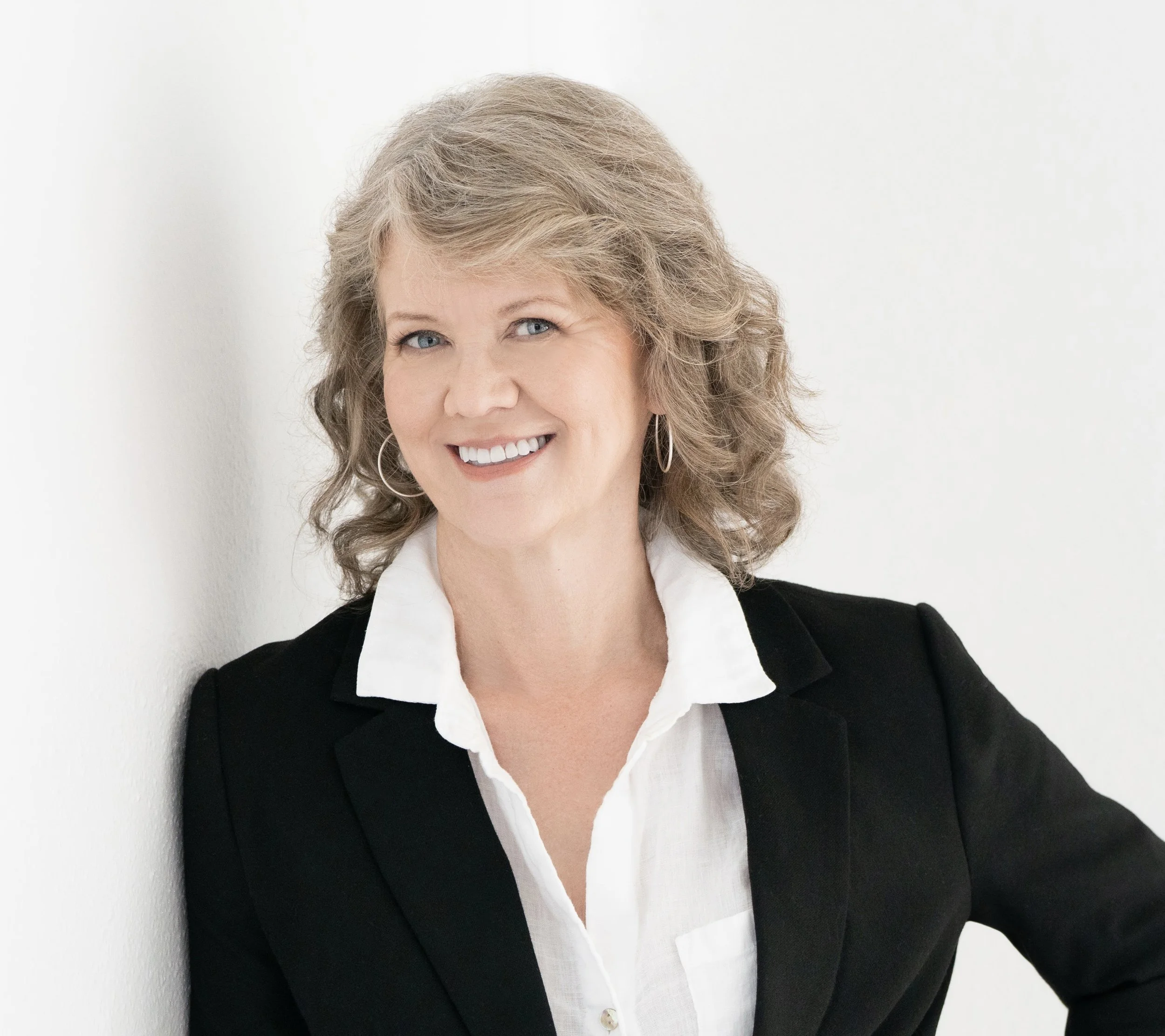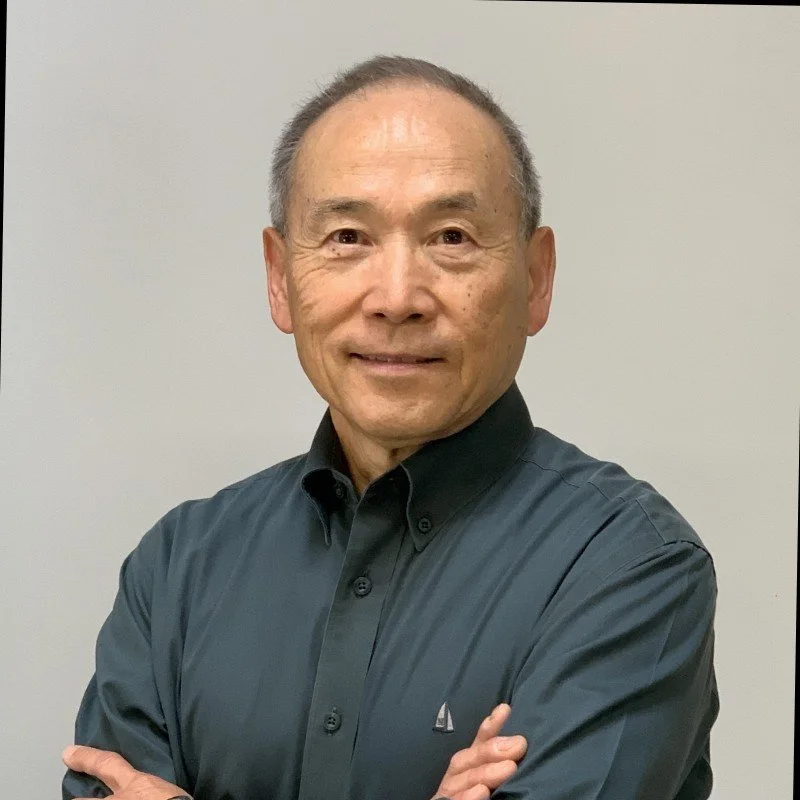178: 20+ Years of Science from the International Space Station and more with science communicator Erin Winick Anthony!
Erin grew up in Florida watching shuttles launch and shake the windows of her house on reentry. She has always had a passion for making things, leading to her degree in mechanical engineering. Erin works at NASA's Johnson Space Center as a science communication specialist for the International Space Station at NASA’s Johnson Space Center. She shares the amazing stories of research on the space station with the world through writing and social media. Today on the Casual Space Podcast, Erin shares with Beth specific examples of space station spinoffs that have benefited humanity (20+ years of science has been conducted aboard the space station) and the impact it’s made for all of us back on Earth- all captured in the new book, The ISS Benefits for Humanity 2022. AND, Beth congratulates Erin on a very prestigious, and much- deserved award for her work as a space communicator.
“Its a joy to be able to now work in the space industry as a senior science communications specialist telling the stories of International Space Station Research.”- Erin W. Anthony
From the book (You’re going to want to read this book) The ISS Benefits for Humanity 2022 book; It’s DIGITAL, and it’s FREE to download!!!!!
https://www.nasa.gov/mission_pages/station/research/news/benefits-2022-book
The International Space Station is a modern marvel. Only 400 kilometers (250 miles) above our heads, it streaks spectacularly across the sky at 28,200 kilometers (17,500 miles) per hour, orbiting the Earth every 90 minutes. The station carries an impressive array of research facilities supporting hundreds of experiments at any given time across every major science discipline. It can host up to eight visiting vehicles and accommodate 11 crew—all while providing an amazing view featuring 16 sunrises and sunsets per day. But what is so special about an orbiting lab? What makes scientists willing to tackle the significant challenges of planning and scheduling research, designing and building hardware, and committing extraordinary time and effort to complete experiments? It’s all about location. An orbiting laboratory provides researchers with the unique features of low-Earth orbit (LEO): long-duration microgravity, exposure to space, and a unique perspective on our planet. These attributes enable scientists to conduct innovative experiments that cannot be done anywhere else…
Check out the latest NASA Explorers video series Erin worked on, along with friend of the show and writer Rachel Barry here; https://youtu.be/-pJcbKr7iA4
And find Erin on Twitter at: @ISS_Research
More about Erin: Erin works at NASA's Johnson Space Center as a science communication specialist for the International Space Station. She shares the amazing stories of research on the space station with the world through writing and social media.
She has spearheaded strategies for sharing station science on Twitter and Instagram, including the creation of an Instagram AR filter viewed more than 10 million times, creation of some the agency's first (and most successful) Instagram Reels, and growing the @ISS_Research Twitter audience by more than 250K, to over 1 million. Erin serves as managing editor for all station science feature stories, and as well as a series producer for digital series, NASA Explorers: Microgravity (more than 11 million views) and contributor to episodes of the NASA's Curious Universe podcast.
She previously worked as the space reporter for the MIT Technology Review where she launched and managed its space newsletter, The Airlock. She also covered automation as the Associate Editor of the Future of Work for the publication and helmed the its largest daily tech newsletter, The Download and Instagram strategy.
Erin founded and served as CEO of Sci Chic, a company that designs and produces 3D printed jewelry inspired by science and engineering, and creates outreach programs based on the jewelry, for more than 5 years.
Erin aims to show the creativity in science and engineering, and encourage everyone to appreciate and explore the STEM fields. She has written for an array of publications such as Sci Show, The Economist, Engineering.com, Lateral Magazine, Beanz, IEEE Potentials, and The New York Times, and is a course author for LinkedIn Learning (Lynda.com). She has a personal combined social media following of more than 60,000 to which she shares science in engaging new ways. You may have seen her on The Weather Channel, CBS Mission Unstoppable, or Marvel's The Unstoppable Wasp.
Erin graduated with her BS in Mechanical Engineering from University of Florida in Dec. 2016. After graduating she worked as a freelance science writer and interned in London with the science and technology section of The Economist. She had four engineering internships at Bracken Engineering, Solar Turbines, John Deere, and at Keysight Technologies working on mechanical design and technical writing projects.
In her free time, Erin enjoys 3D printing, sewing, hiking, STEM outreach, creating science communication content for her personal social media channels, science fashion, puzzles, dominoes, and photography.
Related Episodes
WHERE TO LISTEN












